5 Must-Have Lyme Disease & Mold Resources
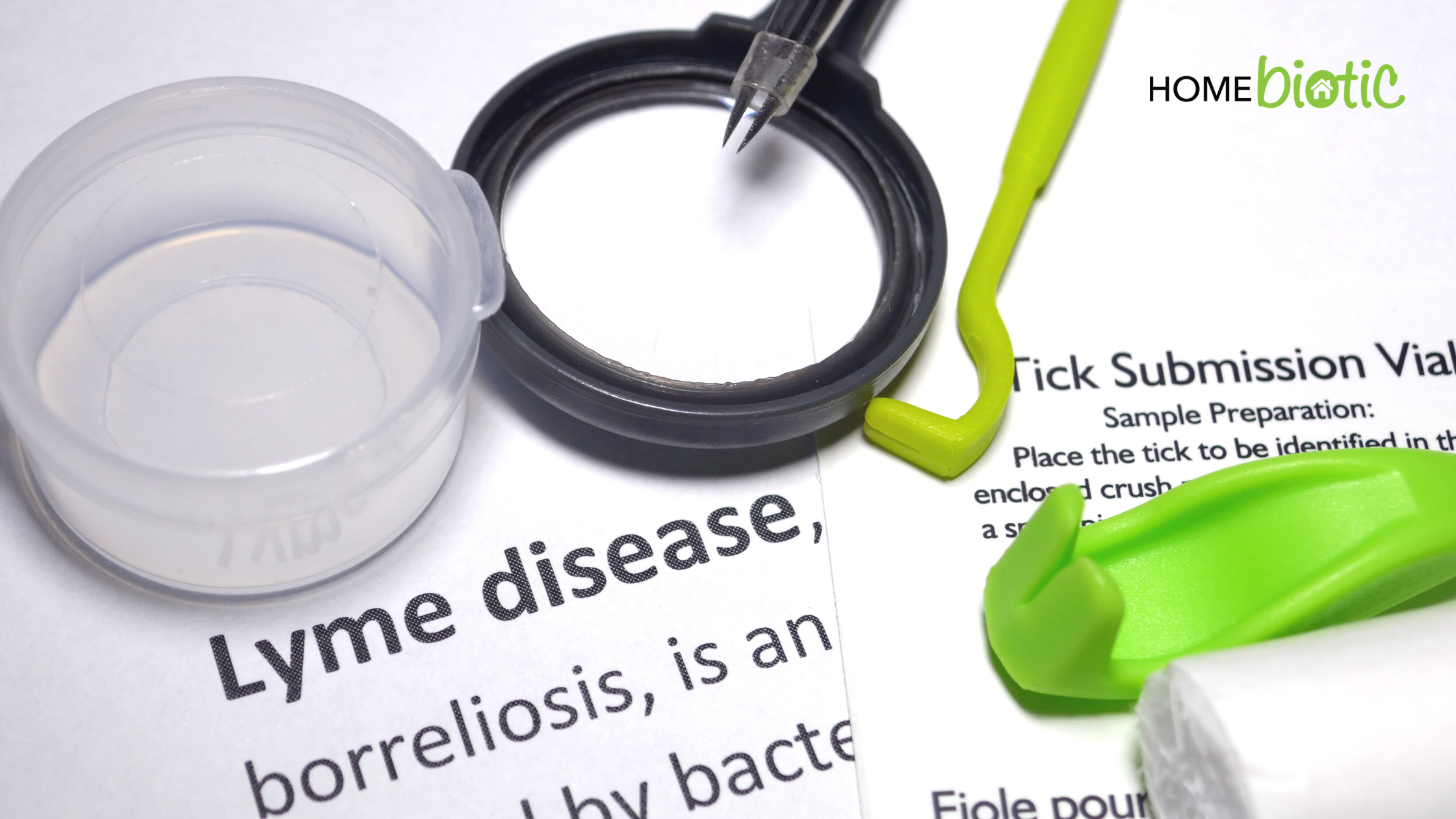
The world of Lyme disease, mold, and mold illness can be a daunting world saturated with a ton of information. Often times too much information is just as difficult as not having enough information. Where do you start? What information is important to you? We have compiled a list of 5 must-have Lyme disease and mold resources to get you started on your journey:
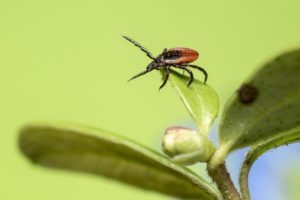 Untangling the Lyme/Mold Conundrum – Townsendletter
Untangling the Lyme/Mold Conundrum – Townsendletter
“Chronic Lyme disease and mycotoxin illness are rapidly becoming more and more intertwined, with many patients suffering greatly from both maladies. It gets incredibly difficult to sort out what is causing what in terms of a patient’s health picture, given the overlap of symptomatology. For patients it is confusing, and for health practitioners it can also make navigating treatment planning very difficult.”
In this article, Nicola McFadzean Ducharme (Naturopathic Doctor, ND) explores commonalities and distinctions between testing and treatment. Testing can be used to determine present variable or stressors, which can then properly guide treatment. This also allows viewing the patient as a whole, creating customized treatment plans to greatly improve the health of the patient.
 Improvement of Common Variable Immunodeficiency… – US National Library of Medicine
Improvement of Common Variable Immunodeficiency… – US National Library of Medicine
“Lyme disease is the most common vector‐borne illness in the United States and Europe, as migratory birds, among other factors, are spreading infections, increasing the burden of illness 1, 2. In 2015, CDC researchers reported an estimated 329,000 new cases of Lyme disease in the United States 3, with a 320% increase in the number of counties affected 4. Multi‐systemic symptoms include fevers, fatigue, musculoskeletal, and nerve pain which may be migratory in nature 5, cardiovascular and neuropsychiatric symptoms with cognitive difficulties, and insomnia 6.”
This article outlines a case report looking at a young male with Lyme disease, mold toxicity, and common variable immunodeficiency (CVID). This is the first study of using stem cell therapy to improve Lyme disease and CVID. It’s interesting to note the variety of health issues found in this young man. Namely, he was diagnosed with Lyme, mycotoxicosis, celiac disease, Klebsiella, epstein barr, CVID, and chronic staphylococcus infections. This article shows a clear connection between immune system problems and the development of multiple health issues.
 Mixed Mold Mycotoxicosis – National Library of Medicine
Mixed Mold Mycotoxicosis – National Library of Medicine
“The study described was part of a larger multicenter investigation of patients with multiple health complaints attributable to confirmed exposure to mixed-molds infestation in water-damaged buildings. The authors present data on symptoms; clinical chemistries; abnormalities in pulmonary function; alterations in T, B, and natural killer (NK) cells; the presence of autoantibodies (i.e., antinuclear autoantibodies [ANA], autoantibodies against smooth muscle [ASM], and autoantibodies against central nervous system [CNS] and peripheral nervous system [PNS] myelins)”
Although this study looks mainly at mold toxicity and health issues, it reveals a clear connection between mold and the development of immune system dysfunctions. This is relevant for exploring the Lyme and mold connection. Often those with chronic Lyme have immune system dysfunctions due to other issues like mold. Wherever the immune system is affected, there are likely to be multiple health problems and susceptibilities to other diseases.
 Toxic: Heal your body from Mold Toxicity, Lyme Disease, Multiple Chemical Sensitivities, and Chronic Environmental Illness – Neil Nathan MD (Workshop)
Toxic: Heal your body from Mold Toxicity, Lyme Disease, Multiple Chemical Sensitivities, and Chronic Environmental Illness – Neil Nathan MD (Workshop)
“This workshop is designed for medical practitioners who have MD, DO, ND, NP or PA certification. In this workshop, we will be discussing the presentation of mold toxicity, how to test patients and then step-by-step treatment programs for patients who have a robust constitution and for those who have become more sensitive. We will delve into the finer points of the entire detoxification process, and then dig into the conditions frequently triggered by mold toxicity that often present stumbling blocks in treatment: mast cell activation, limbic dysfunction and vagal nerve dysfunction.”
This book is a complete resource for anyone wanting to understand more about sensitivity versus toxicity. More patients are coming to their doctors with a variety of symptoms that are hard to pin down and diagnose. But on closer inspection, they are often riddled with a variety of illnesses and toxicities ranging from mold illness, Lyme disease, and multiple food and chemical sensitivities. This book breaks down each of these issues and gives practical advice for rebooting the system towards healing.
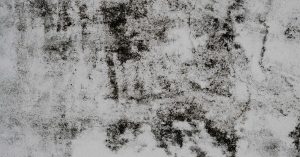 What’s the Connection Between Toxic Mold and Lyme Disease? – Dr. Jay Davidson
What’s the Connection Between Toxic Mold and Lyme Disease? – Dr. Jay Davidson
“Many people who suffer with chronic Lyme disease continue experiencing symptoms because something, often times multiple issues, are standing in the way of their recovery. If you have been treated for Lyme, but are still unwell, one of the underlying issues could be toxic mold exposure.”
This article is from a comprehensive website by Dr. Jay Davidson, a leading functional medicine doctor who explores complex health conditions. In this article, Dr. Davidson, breaks down the connection between mold and Lyme disease in a format that is easy to read. He also discusses various treatments and symptoms that other medical professionals often miss. Dr. Jay’s wife struggled with chronic Lyme disease which made him passionate about this topic and as such, he has dedicated his life to helping others with similar issues.


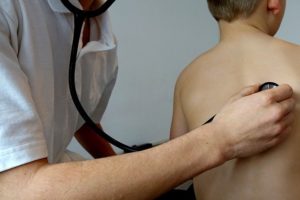 1) MOLD ILLNESS, OR CIRS, IS NOT JUST CAUSED BY MOLD
1) MOLD ILLNESS, OR CIRS, IS NOT JUST CAUSED BY MOLD 2) CIRS IS ACTUALLY A COMMON HEALTH ISSUE
2) CIRS IS ACTUALLY A COMMON HEALTH ISSUE 3) CIRS IS OFTEN MISDIAGNOSED
3) CIRS IS OFTEN MISDIAGNOSED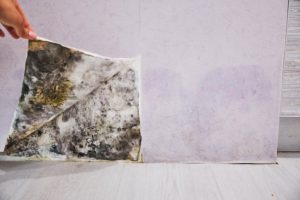 4) FIRST STEP IN TREATING MOLD ILLNESS (CIRS) IS MOLD REMEDIATION
4) FIRST STEP IN TREATING MOLD ILLNESS (CIRS) IS MOLD REMEDIATION 5) TREATING MOLD ILLNESS (CIRS) IS MORE THAN JUST REMOVING MOLD
5) TREATING MOLD ILLNESS (CIRS) IS MORE THAN JUST REMOVING MOLD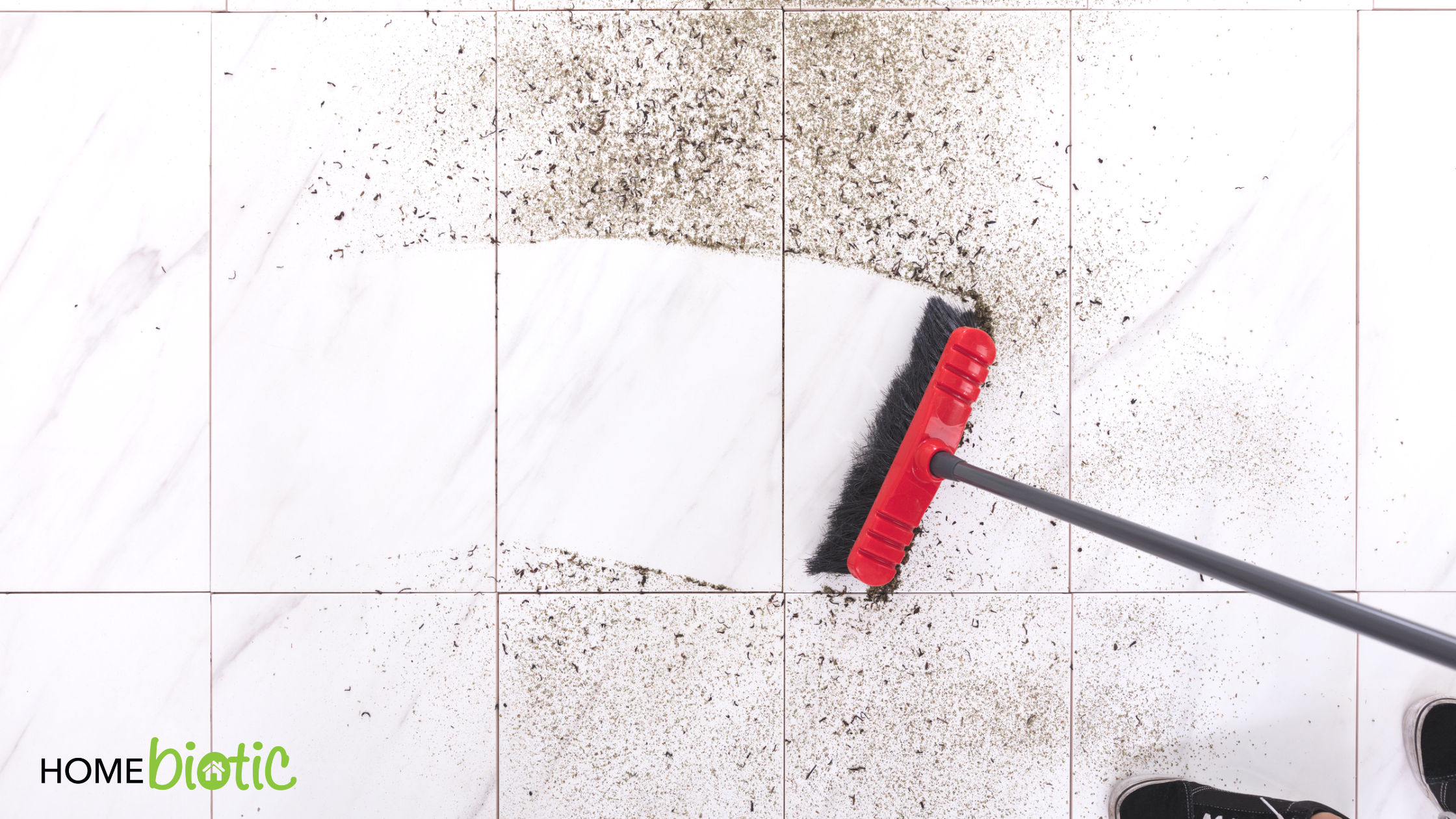

 Mold & Soil-based Microbes
Mold & Soil-based Microbes
 Where Are Soil-Based Microbes?
Where Are Soil-Based Microbes?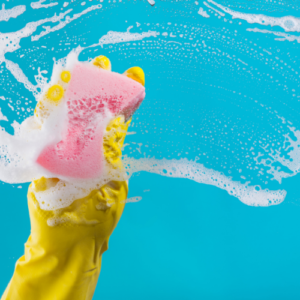 Why Don’t We Have Them in Modern Homes?
Why Don’t We Have Them in Modern Homes?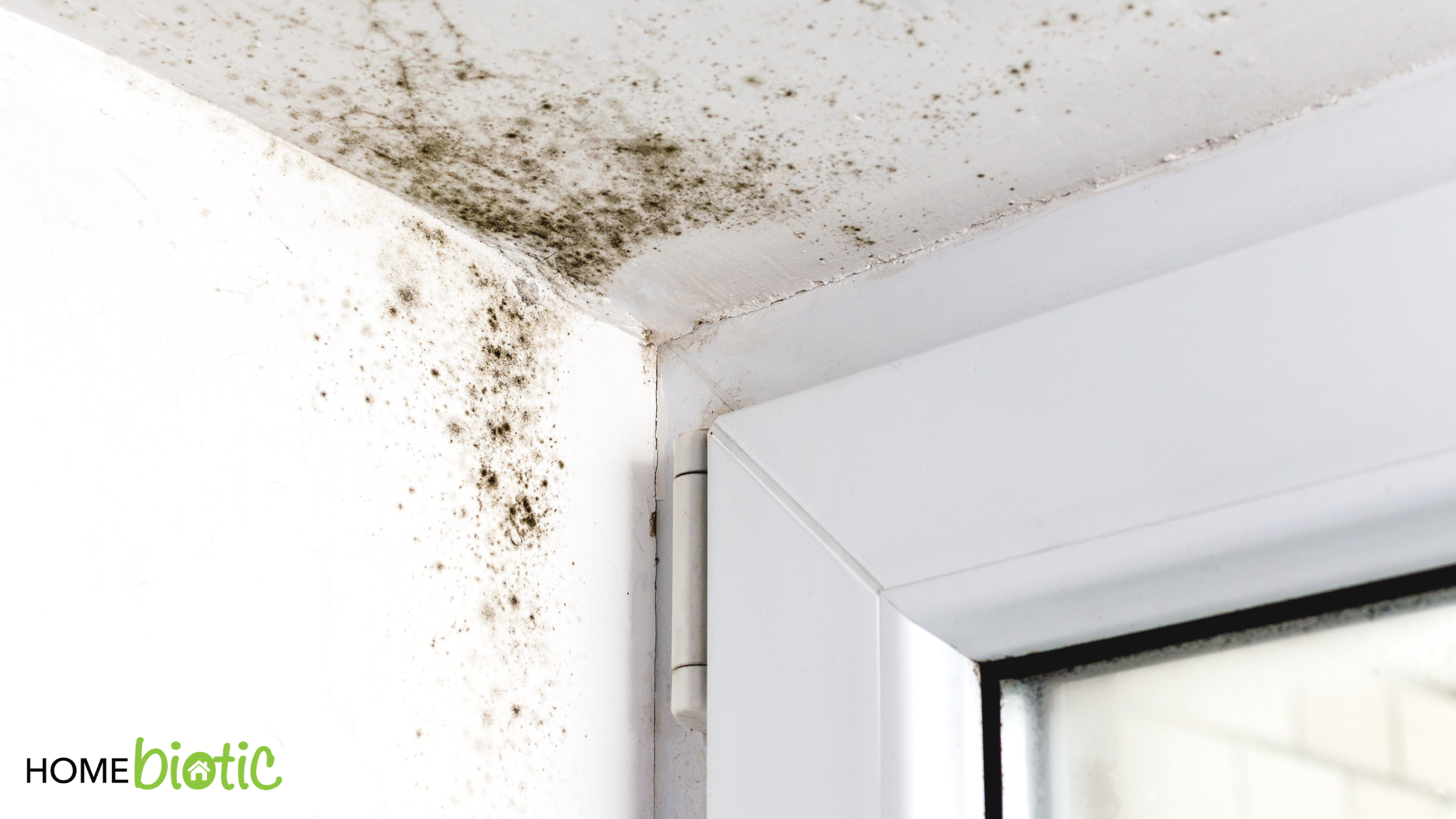
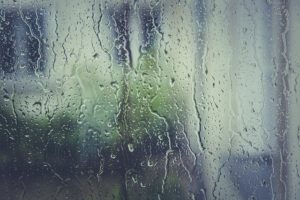 1. CONTROL MOISTURE & CONDENSATION
1. CONTROL MOISTURE & CONDENSATION 2. CONTROL HUMIDITY
2. CONTROL HUMIDITY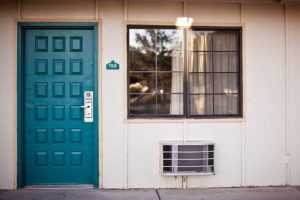 3. CLEAN YOUR AIR CONDITIONING UNIT
3. CLEAN YOUR AIR CONDITIONING UNIT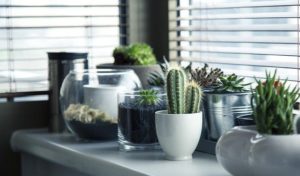 4. INSPECT INDOOR PLANTS
4. INSPECT INDOOR PLANTS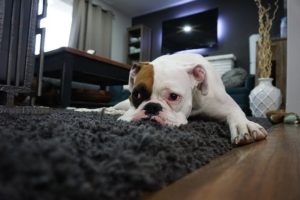 5. TACKLE YOUR CARPETS
5. TACKLE YOUR CARPETS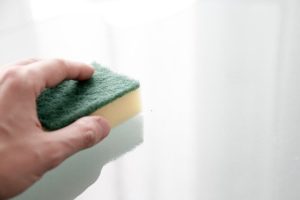 6. USE BORAX ON FABRIC, SURFACES AND WALLS
6. USE BORAX ON FABRIC, SURFACES AND WALLS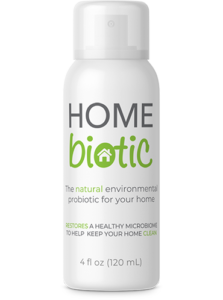
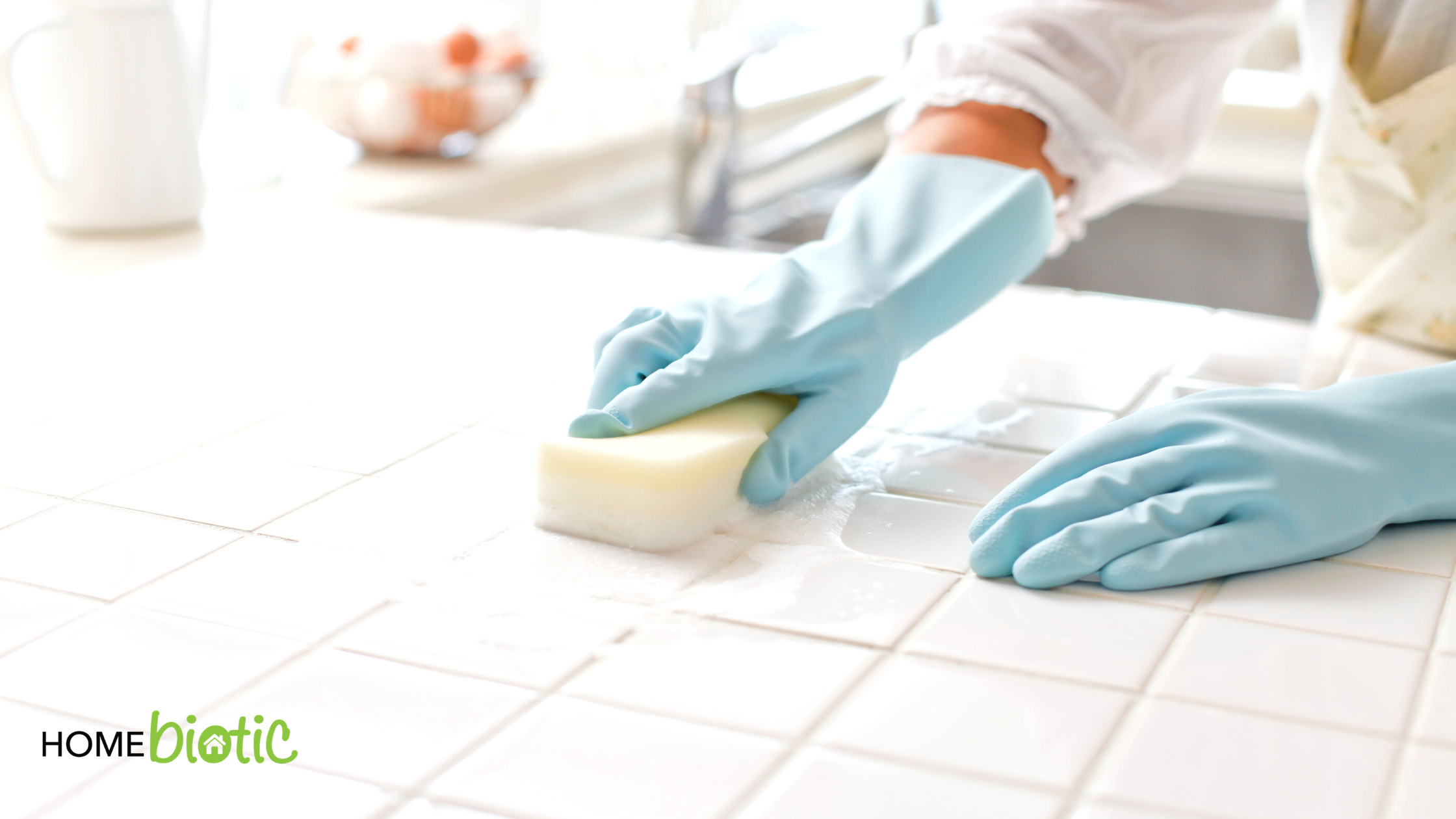
 The study compared fungal diversity between urban and rural settings in the Amazonia region of Peru and Brazil. Fungal diversity refers to the number of different species of fungus found in a specific area. The urban settings studied were apartments and homes in city environments, whereas the rural settings were in remote villages where people lived amongst nature. The study also looked at the fungal diversity for both the feet and guts of inhabitants in both locations.
The study compared fungal diversity between urban and rural settings in the Amazonia region of Peru and Brazil. Fungal diversity refers to the number of different species of fungus found in a specific area. The urban settings studied were apartments and homes in city environments, whereas the rural settings were in remote villages where people lived amongst nature. The study also looked at the fungal diversity for both the feet and guts of inhabitants in both locations.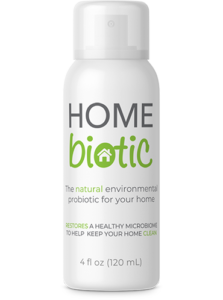
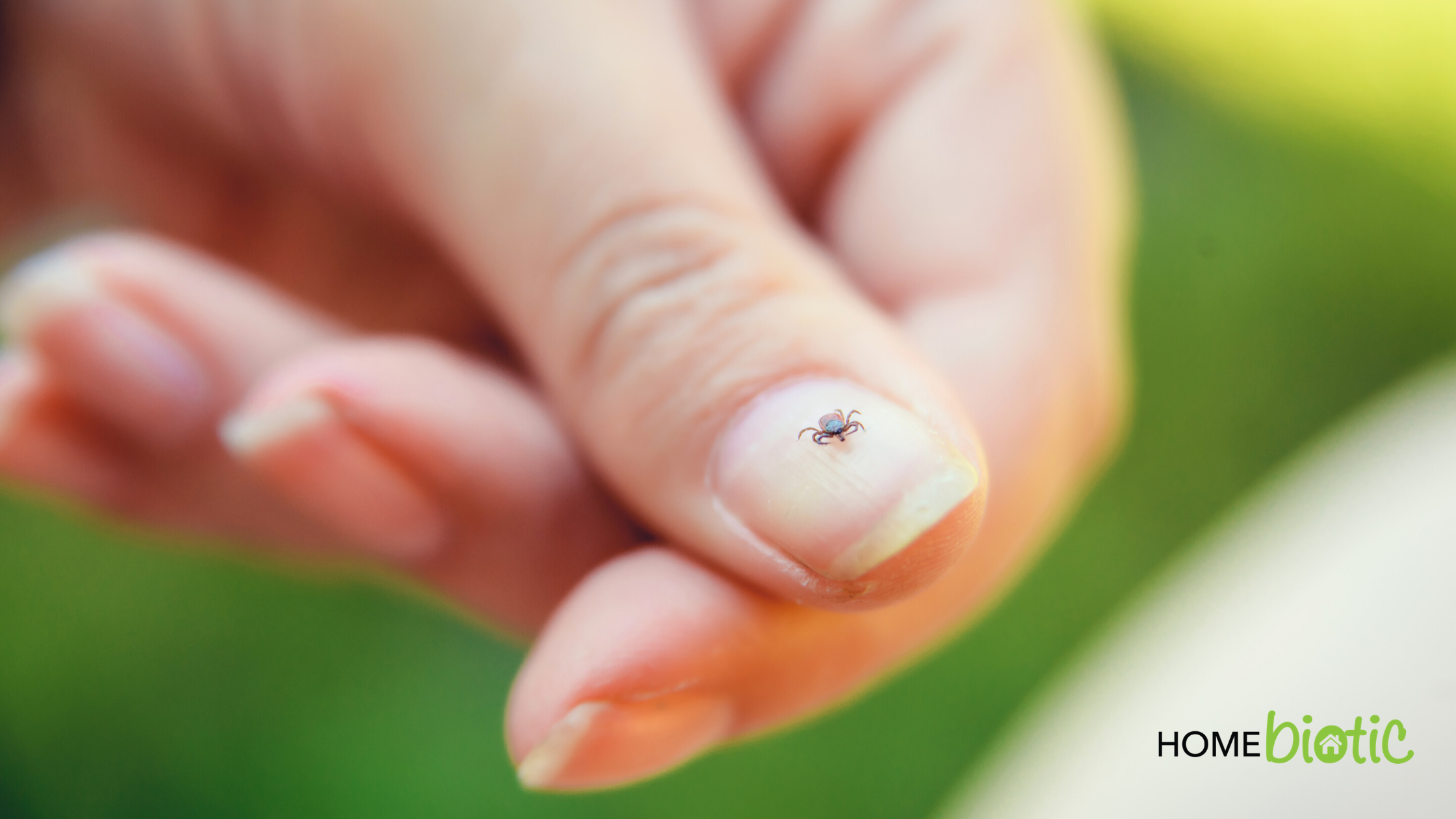
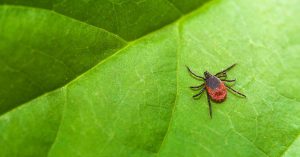
 How Lyme Disease Affects the Human Body
How Lyme Disease Affects the Human Body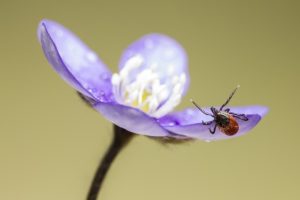 The Connection Between Mold & Lyme Disease
The Connection Between Mold & Lyme Disease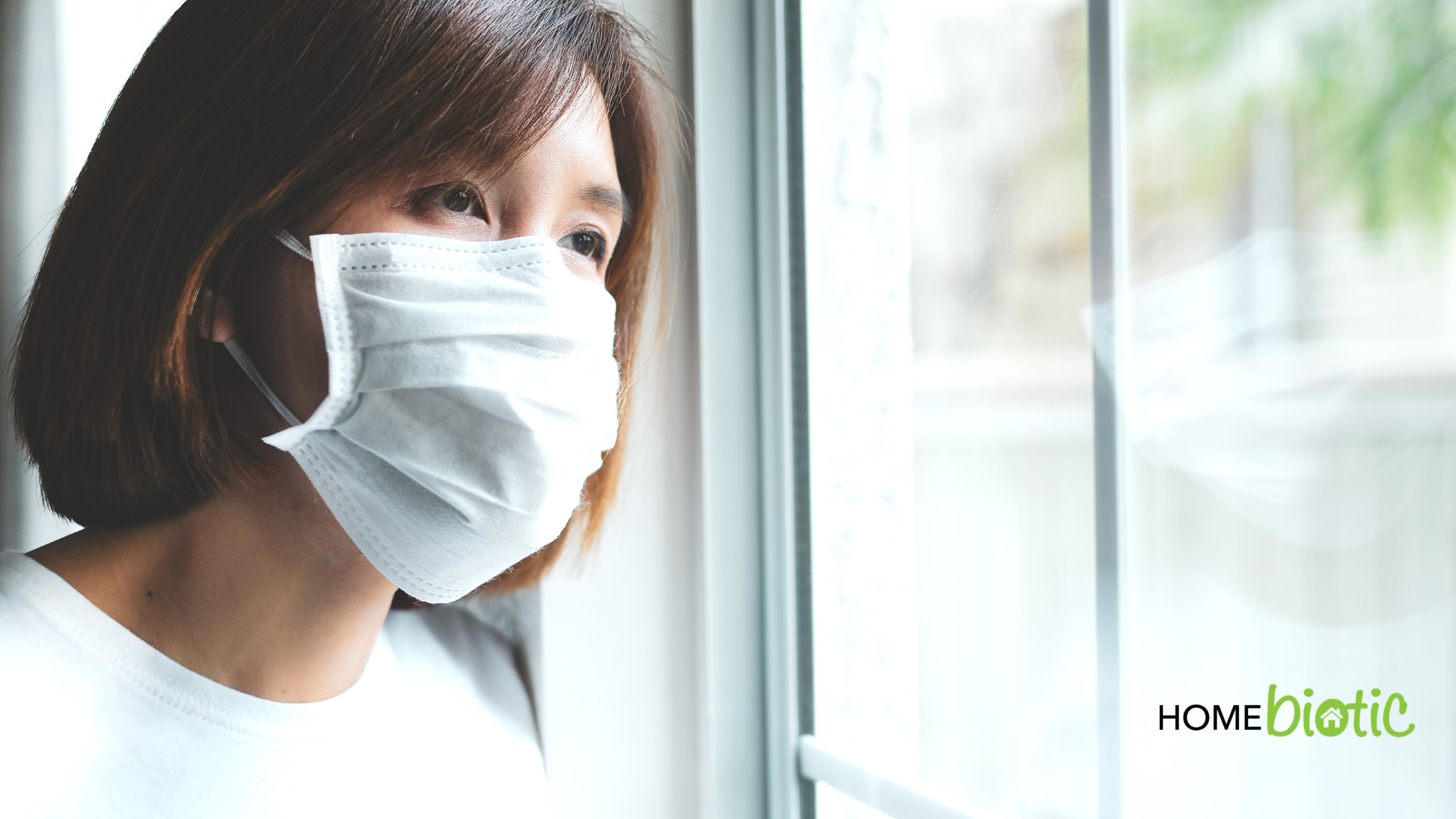
 Side-Effects of Social Distancing & Home Isolation
Side-Effects of Social Distancing & Home Isolation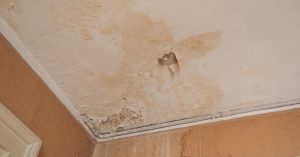 Why Do These Elements Cause Mold To Grow?
Why Do These Elements Cause Mold To Grow?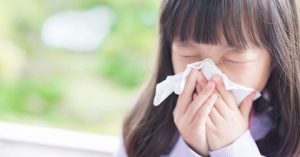 How mold affects our health?
How mold affects our health?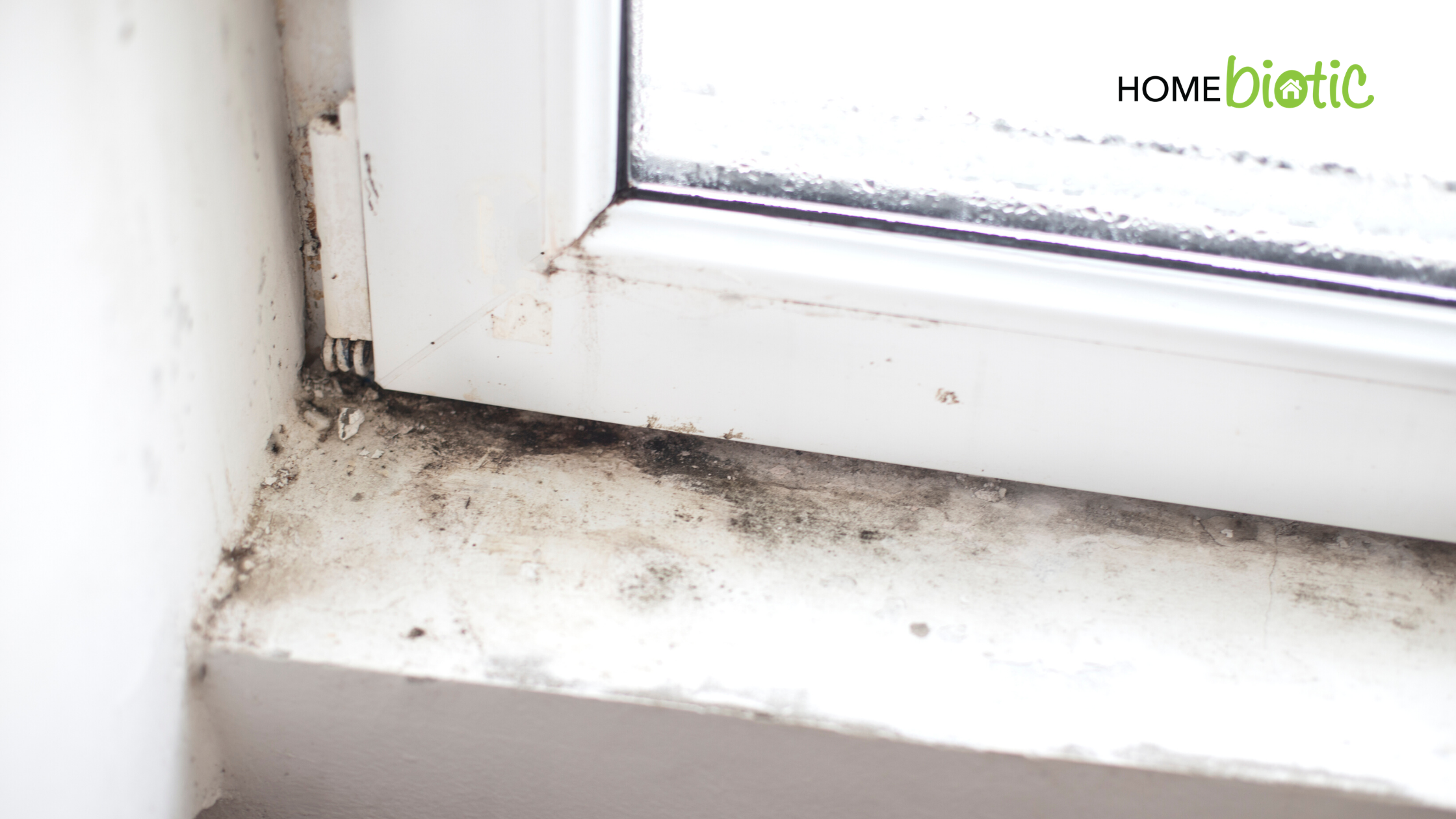
 The Effects Of Mold On The Immune System
The Effects Of Mold On The Immune System Does Mold Make Us More Susceptible To Viruses?
Does Mold Make Us More Susceptible To Viruses?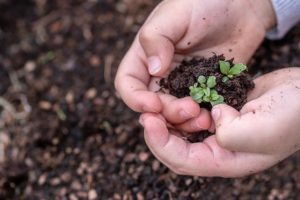


 HOW DOES THE “FARM EFFECT” WORK?
HOW DOES THE “FARM EFFECT” WORK? WHY DO I WANT TO REPLICATE THE “FARM EFFECT” IN MY HOME?
WHY DO I WANT TO REPLICATE THE “FARM EFFECT” IN MY HOME?
 Next, we need to bring in more soil-based microbes, and there are a few ways that are not only fun but easy.
Next, we need to bring in more soil-based microbes, and there are a few ways that are not only fun but easy.